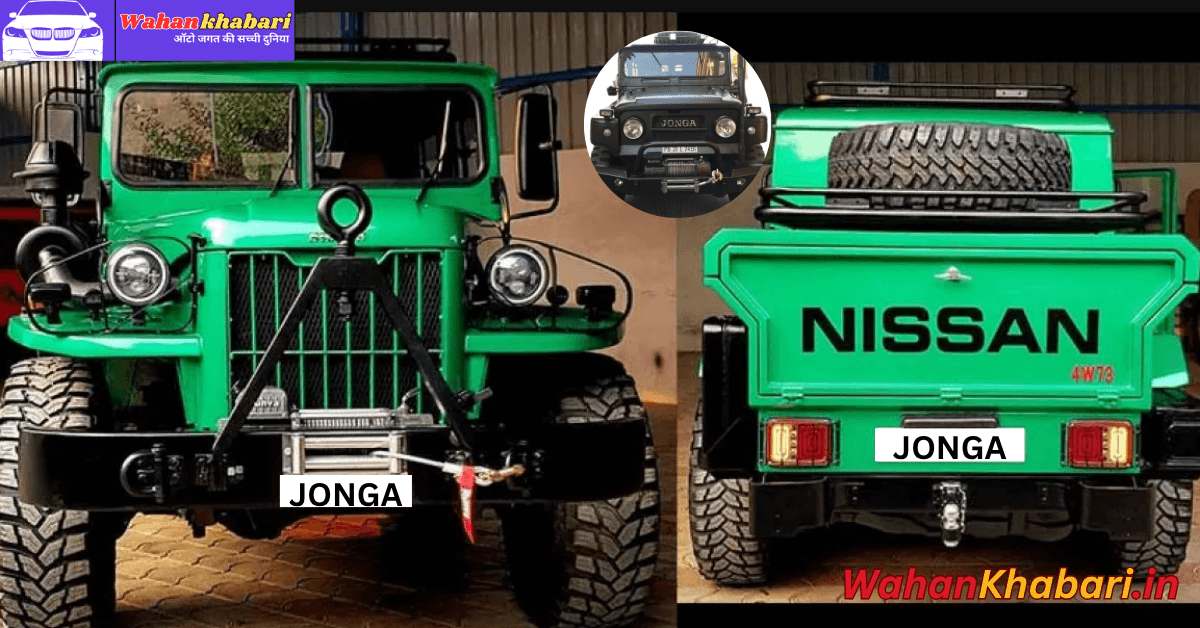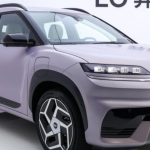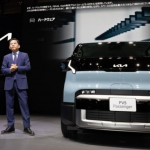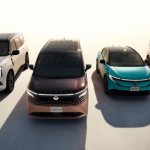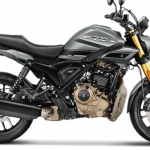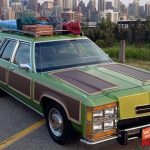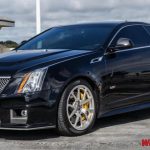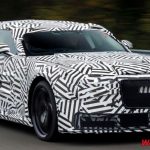Nissan Jonga 2025 Now: When it comes to iconic military vehicles, the likes of the Willys Jeep, Land Rover Defender, and the Humvee often dominate the conversation. However, for those familiar with India’s military history, the Nissan Jonga occupies a special place. A rugged, no-nonsense vehicle that served the Indian armed forces with distinction, the Jonga wasn’t just a machine—it was a symbol of strength, endurance, and utility. Though it has long been retired from active service, the Nissan Jonga remains a revered name among vintage automobile enthusiasts and military historians alike.
Origins: Built for Toughness
The Nissan Jonga traces its lineage to the Nissan Patrol P60 series, a Japanese 4×4 that was designed to compete with the Toyota Land Cruiser and other post-war off-roaders. In the early 1960s, the Indian government sought a suitable multi-purpose vehicle for the military, capable of enduring harsh terrains—from Himalayan heights to desert sands. Nissan’s Patrol fit the bill.
The vehicle was manufactured under license in India by Vehicle Factory Jabalpur (VFJ), operated by the Ordnance Factory Board (now part of Advanced Weapons and Equipment India Limited). Interestingly, the name “Jonga” is an acronym for Jabalpur Ordnance and Gun Carriage Assembly, linking it forever to its place of origin.
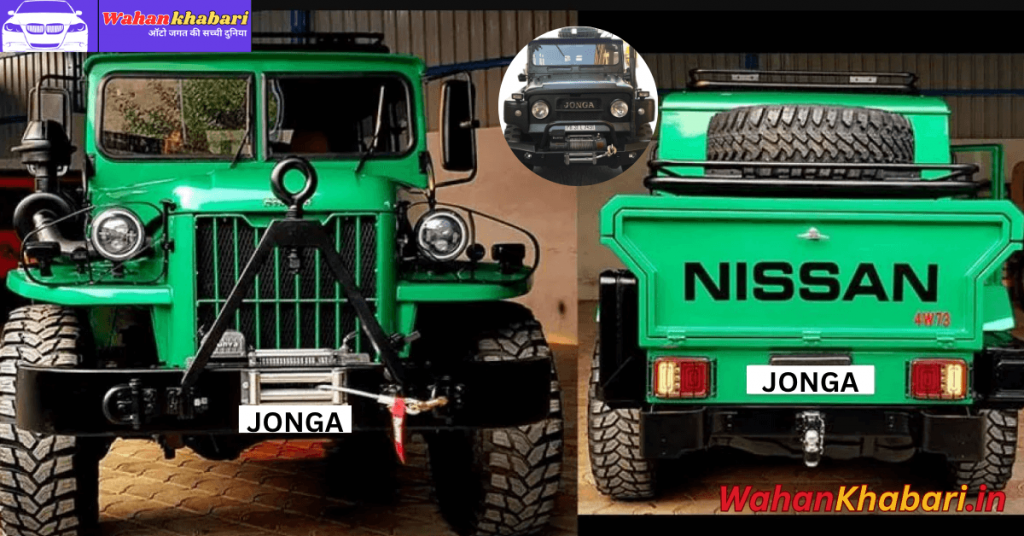
Design and Engineering
The Jonga was a beast of a vehicle. It featured a 4.0-liter inline-six petrol engine, producing around 110 horsepower. While that might seem modest by modern standards, it was more than sufficient for the lightweight, stripped-down body of the Jonga. With its four-wheel drive system, high ground clearance, and solid axle suspension, the Jonga was built to tackle off-road conditions with ease.
The design was utilitarian—boxy, minimalistic, and practical. There were no frills: just a tough body, an open cabin (sometimes with canvas tops), and a rugged drivetrain that could keep going in extreme conditions. It could carry troops, tow artillery, and even navigate riverbeds. In an era without GPS or electronic aids, the Jonga’s mechanical reliability was its greatest strength.
Military Use and Service
The Nissan Jonga served across the Indian Army, Border Security Force (BSF), and other paramilitary forces from the 1960s through the early 1990s. It became a familiar sight in border posts, convoy duties, and field operations. Soldiers valued it for its dependability and simplicity. Even in remote areas where maintenance facilities were minimal, the Jonga could be fixed with basic tools and mechanical knowledge.
Its role extended beyond transportation—it was adapted for communication units, as field ambulances, and even fitted with light weaponry in some cases. This versatility made it the backbone of mobile operations in various terrains.
Despite the challenging environments it was subjected to, the Jonga rarely broke down. And when it did, mechanics appreciated how easy it was to get it up and running again. Its longevity on the battlefield was a testament to its robust engineering.
Civilian Versions and Cult Following
While the Jonga was primarily built for military use, a limited number of civilian versions were released in the late 1980s and early 1990s. These models were slightly modified for private ownership—equipped with better interiors and, in some cases, a diesel engine instead of the original petrol one.
However, the Jonga never truly caught on with the general public. Its spartan features and hefty frame made it impractical for everyday urban use. Yet, for off-roading enthusiasts and collectors, it became a sought-after classic. In recent years, there’s been a resurgence of interest in restoring old Jongas. Enthusiasts proudly showcase these vehicles at auto expos and rallies, often customizing them with modern amenities while preserving their vintage charm.
Retirement and Legacy
By the early 1990s, the Indian military began phasing out the Jonga in favor of more modern vehicles like the Mahindra MM550 and later, the Tata Safari Storme GS800. Yet, the Jonga’s legacy lives on. For those who served with it—or grew up seeing it rumble through military cantonments—it remains a symbol of a rugged and resilient era.
The Jonga’s influence can be felt in India’s growing appreciation for functional, military-grade off-roaders. In some ways, it laid the groundwork for today’s fascination with SUVs that blend toughness with versatility.
Conclusion
The Nissan Jonga may never have achieved the global fame of the Land Rover or Jeep, but within India, it holds a unique and enduring place in automotive and military history. A no-frills workhorse that was designed to do one thing—get the job done—it epitomized reliability and durability in the harshest of conditions.
Today, as we look back at this military classic, the Jonga serves as a reminder of a time when utility trumped luxury, and simplicity was a strength. For those who admire vehicles with character and history, the Jonga is nothing short of legendary.
